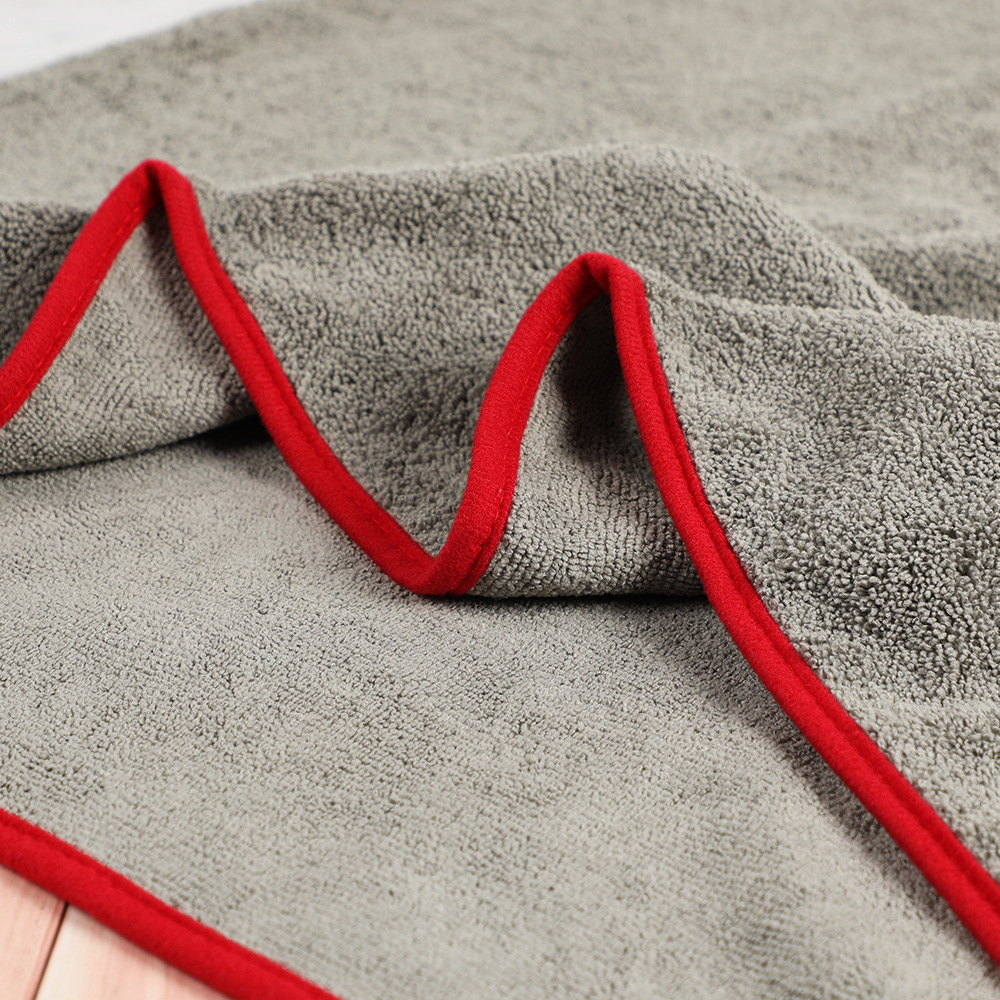Towels are an essential part of our daily lives, used for drying off after a shower, wiping hands in the kitchen, or lounging by the pool. Have you ever wondered how these soft and absorbent linens are made? The towel production process is a fascinating journey from raw materials to the finished product, involving several steps and specialized techniques.
The first and most crucial step in the towel production process is the selection of high-quality raw materials, primarily cotton. Cotton is the preferred choice due to its absorbency, softness, and durability. Once the cotton is sourced, it undergoes ginning to remove the seeds and impurities, resulting in clean and fluffy cotton fibers ready for further processing.
The next stage involves spinning the cotton fibers into yarn. This process is carried out in spinning mills, where the cotton is combed, twisted, and spun into fine, strong yarns. The quality of the yarn is crucial as it determines the overall feel and absorbency of the towel.
After the yarn is spun, it is dyed to achieve the desired color. Towels come in a wide range of colors and patterns, and the dyeing process ensures that the yarn absorbs the color evenly. Once dyed, the yarn is ready for weaving. Weaving involves interlacing the yarn to create the base fabric of the towel. Different weaving techniques can be used to produce various types of towels, such as terry towels, waffle towels, or jacquard towels.
Once the fabric is woven, it undergoes the finishing process, which includes several important steps. The fabric is first inspected for any defects and then goes through processes such as shearing, brushing, and singeing to enhance its softness, smoothness, and absorbency. The finishing process also involves the application of softeners and other treatments to improve the overall feel and performance of the towel.
After the fabric is finished, it is cut into individual towel sizes and shapes. The edges of the towels are then hemmed to prevent fraying and ensure durability. The final step in the production process is quality control, where each towel is inspected for any flaws or imperfections before being packaged and shipped to retailers or consumers.
It’s important to note that the towel production process can vary depending on the type of towel being manufactured and the specific requirements of the manufacturer. For example, luxury towels may undergo additional processes such as pre-shrinking or mercerization to enhance their quality and appearance.
In recent years, there has been a growing emphasis on sustainable and eco-friendly practices in the textile industry, including towel production. Many manufacturers are adopting organic cotton, recycled materials, and water-saving techniques to minimize their environmental impact.
In conclusion, the towel production process is a complex and intricate journey that transforms raw cotton into the soft, absorbent towels we use every day. From the selection of high-quality materials to the weaving, finishing, and quality control, each step plays a crucial role in creating towels that are not only functional but also luxurious and long-lasting. Understanding the process behind towel production can give us a greater appreciation for the craftsmanship and expertise that goes into creating these everyday essentials.
Post time: Aug-06-2024


